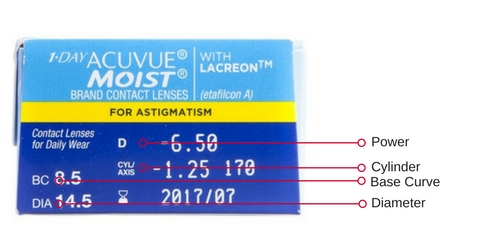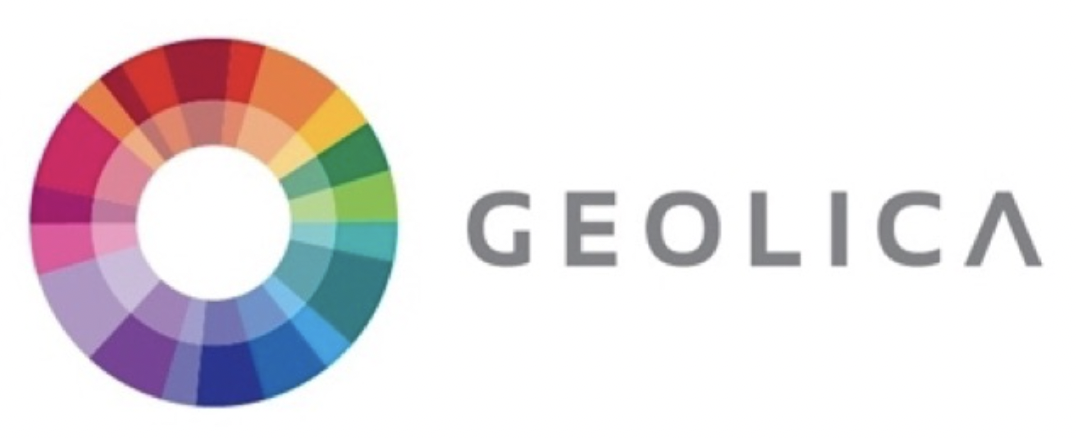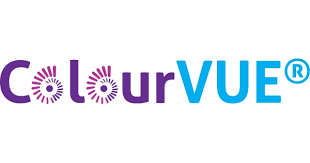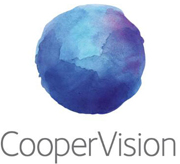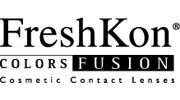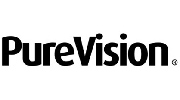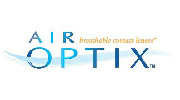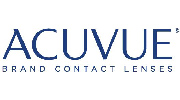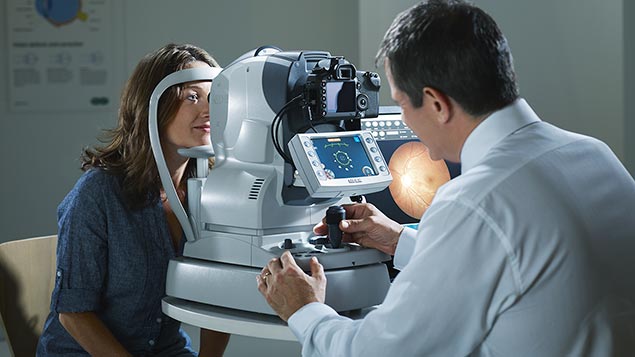
Contact Lens Prescription
Contact lenses are medical devices, which require wearers to follow a prescribed process to get them. Having a valid prescription is the first step to start buy contact lens online and save up to 60% with Contactsdaily.com.
Need Prescription?
It is important to get an eye check at least once every two years. Contactsdaily offers many options for you to get your prescription.
Your optometrist or eye doctor should have your existing contact lens prescription. If for some reason they are unwilling to provide it or renew eye check is required, contactsdaily is going to reimburse $30 back to you from the fee of getting a new eye check.
Simply email us your receipt or valid prescription to help@contactsdaily.com and we will reimburse you back up to $30 in the form of discount code for your next purchase with us.
You can get really affordable eye check at both Singapore Polytechnic and Ngee Ann Polytechnic for $5.
Do remember to call and make an appointment first before going down.
Singapore Polytechnic
500 Dover Road
Singapore 139651
Phone: 6772 1693
Ngee Ann Polytechnic
535 Clementi Road
Singapore 599489
Phone: 6460 7716
COMING SOON.
Free eye check is no longer available at the following partner stores.
How to Read My Contact Lens Prescription
You can find your prescription on the piece of paper given to you by your optician during a check-up, on the end/side of your contact lens box or on the blister packs that contain your contact lenses.
Please be aware that a contact lens prescription is different to a glasses prescription, so you cannot use one for the other.
What does each prescription figure mean?
Base Curve (BC): The base curve determines what type of fit is required for the lens to meet the curve of your eye; this is usually written in millimetres or sometimes with the words: flat, median or steep.
Diameter (DIA): The diameter of the contact lens is also written in millimetres and determines the width that best fits your eye.
Power/Sphere (PWR/SPH): This figure shows whether you are long or short-sighted and how much correction your eyes require. If you are long-sighted your figure will begin with a + (plus sign) and if you are short-sighted it will begin with a – (minus sign). This will be followed by a number that goes up from 0 in measures of 0.25 dioptres, the higher the number the stronger the visual correction needed (this value can be displayed on the box as “PWR” or “D”).
Prescription Figures for Astigmatism
The below figures are only displayed on contact lens prescriptions where there is a need for astigmatism correction.
Cylinder (CYL): The cylinder will always been a minus number that increases in measures of 0.25. Much like the power/sphere figure that is shown on all standard prescriptions, the cylinder denotes the extra visual requirements needed for astigmatism and how severe the astigmatism is.
Axis (AX): Astigmatism is caused by the irregular curvature of the eye; the axis is a figure which determines the angle of the correction needed in order to see clearly. The Axis is always a number between 0 and 180 degrees.
Prescription Figures for Presbyopia
The below figures are only displayed on contact lens prescriptions where there is a need for presbyopia/multifocal correction.
Addition (ADD): If you suffer from presbyopia it affects your near vision, the Addition figure determines what level of correction you need to be able to see clearly at a close distance. This is a number between 0.50 and 3.00, some contact lens brands refer to this as a high, medium or low.

